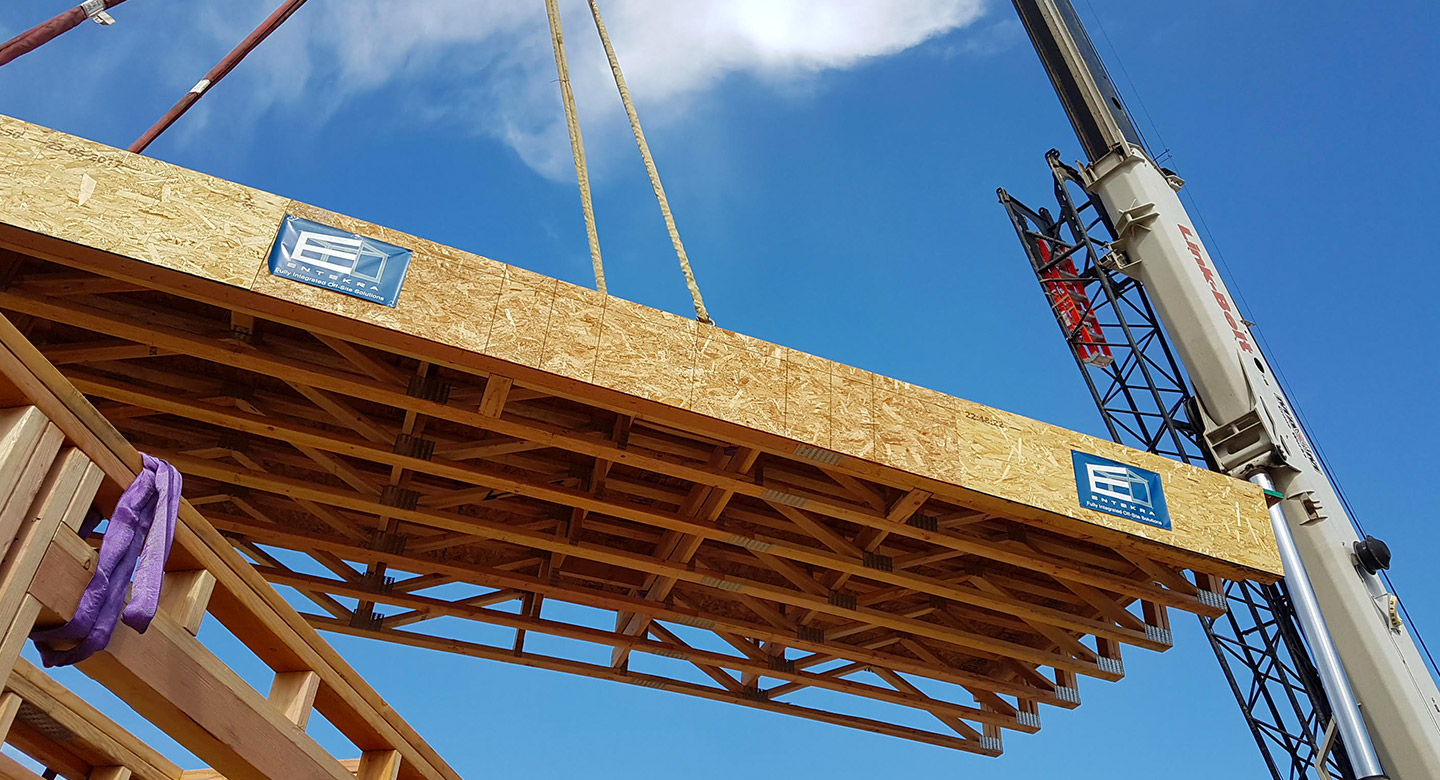 IWBC Conference
IWBC Conference The age of concrete is over. Increasing urbanization means that over 70% of the world’s population will live in cities by 2050 and, with the US building industry accounting for 39% of greenhouse gas emissions, construction needs to find ways to be more sustainable. Now wood construction is offering a renewable alternative that is revolutionizing the building industry.
What’s Wrong with Concrete?
Concrete has been a crucial factor in the success of modern construction. Perfected by the Romans (whose structures are still standing) the formula for concrete was lost after the fall of Rome. It was not until the mid-18th century that concrete production was revived. While it has been largely responsible for the success of urban construction, concrete is not a sustainable way to build.
Producing concrete (and disposing of it) is one of the biggest contributors to pollution in the construction industry, which also consumes nearly 40% of the world’s energy. Cement, a crucial component of concrete, accounts for 5% of global carbon dioxide emissions.
It’s not just the production of concrete that causes issues, when old buildings are demolished to make space for new construction, concrete dust can leach into the surrounding areas where it can create toxic topsoil and negatively affect bodies of water.
Building for Sustainability
Researchers at MIT have been working on designs for timber buildings that are sustainable and cheaper than their concrete counterparts, but every bit as efficient.
Meet the Longhouse, engineered wooden houses created from massive spans of timber. From MIT: “Mass timber, a wood-based building design and construction technology, has received attention over the past few decades given its efficiency, speed, precision and versatility in construction for low to high-rise applications. Mass timber buildings are becoming more common throughout North America, most notably due to the technology’s environmental benefits and the potential impacts it can have on America’s forest health and restoration.”
The techniques utilized to design the Longhouse can be applied to larger building up to 20 stories. The design uses laminated veneer lumber (LVL) to create panels which are 50 feet long, 10 feet wide, and more than 6 inches thick to form arches which are 40 feet tall. You can see a video of the design here: https://vimeo.com/275865964
The MIT team is not the only one to be moving to wood-based construction. Wood is a lightweight, strong building material with excellent insulating properties. Its ability to sequester carbon means wood is extremely sustainable, with concrete emitting 26% to 31% more greenhouse gas emissions than wood.
The Future of Construction
There are many exciting innovations in the wood-construction industry right now. Researches at the University of Maryland used wood fibers to create a “super wood” which is as strong as steel and even as strong as many titanium alloys. “It is as strong as steel, but six times lighter. It takes 10 times more energy to fracture than natural wood. It can even be bent and molded at the beginning of the process.” said Teng Li, the co-leader of the engineering team.
The super wood was created by removing the wood’s lignin and then compressing it under mild heat (150°F) which caused the cellulose fibers to pack together tightly. When compressed, the fibers formed strong hydrogen bonds which accounted for the increased strength while creating a product that was five times thinner than the original wood.
The super wood has applications beyond the building industry: “This kind of wood could be used in cars, airplanes, buildings – any application where steel is used,” said team leader Liangbing Hu.


